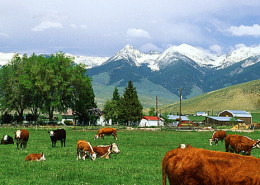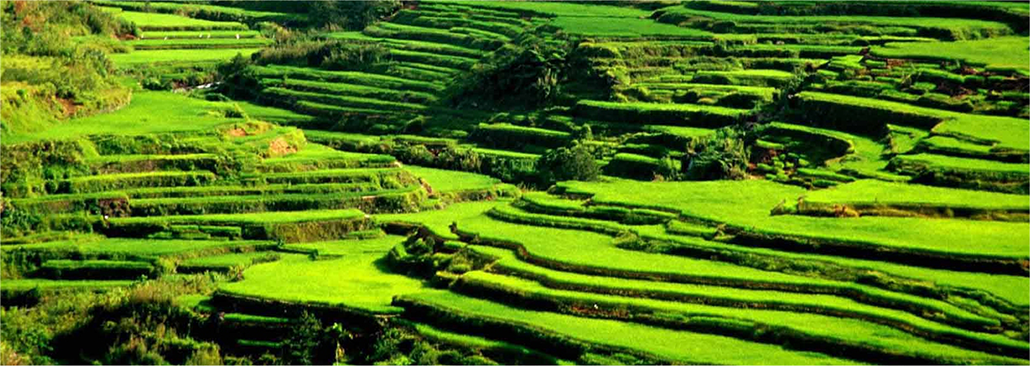An assessment of the ex-post socio-economic impacts of global rinderpest eradication: methodological issues and applications to rinderpest control programs in Chad and India
Place: Chad, India, • Dates: 2012 • Partner: FAO
Animal diseases are responsible for a host of economic impacts manifesting themselves through a variety of pathways. These disruptions can be specific to the livestock sector itself, as well as in related downstream industries (e.g., processing, distribution, retail), but can also affect ‘non-livestock sectors’ such as services or tourism (e.g. when wildlife are affected). While the depth of commercial impacts of animal diseases rests on the degree of trade and commercialization associated with both a particular production system and international regulations governing such trade, animal disease impacts extend into the human health sector in case of zoonotic diseases such as avian influenza or Rift Valley Fever (RVF). At the same time, livelihoods impacts are paramount in many contexts, because the success or failure of disease control programs is intimately related to support and compliance offered by livestock keepers. This aspect is particularly relevant in the developing world where livestock serve important non- commercial roles (e.g. insurance, savings) and are for many households an important pathway out of poverty (Rich and Perry 2010).
Rinderpest was once one of the world’s most feared diseases of livestock. It mainly affected cattle species, with the most virulent strains killing up to 95 percent of infected animals when introduced into naïve populations. Rinderpest was eliminated from Western Europe by the beginning of the 20th century, never established itself in Australia and South America despite occasional introduction, but remained endemic in Africa and Asia. Major pandemics in Africa, with the last in the early 1980s, caused particular devastation to the pastoral areas of Western and Eastern Africa. However, concerted international eradicationcampaigns successively building on advances in control practices eradicated the disease globally, with a pronouncement made in October 2010 that field activities would end, and an official pronouncement of its eradication to be made by the Food and Agriculture Organization (FAO) and the World Animal Health Organization (OIE) in May 2011, marking the end of rinderpest on earth.
This report offers a more rigorous methodological approach to estimating the global impact ofrinderpest eradication that highlights the different levels of impacts and benefits associated withdifferent groups of stakeholders. We begin with a review of the impact assessment considerations in the context of animal diseases and provide a description of tools and methods that could be applied at different levels of analysis. We then apply the proposed assessment methodology to estimating the impact of rinderpest eradication for two case studies: Chad and India. A discussion of future applications is further provided. While this case study application cannot give a comprehensive global perspective on the disease eradication, it demonstrates how to conduct similar ex-post analyses and indicates how to structure data collection efforts for future economic assessments of disease control campaigns.
Most Recent Entries

Low Carbon Biomass Conversion in the Sierra Nevada





